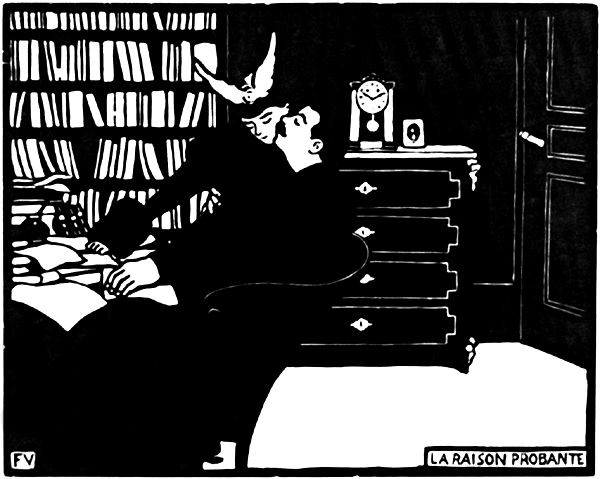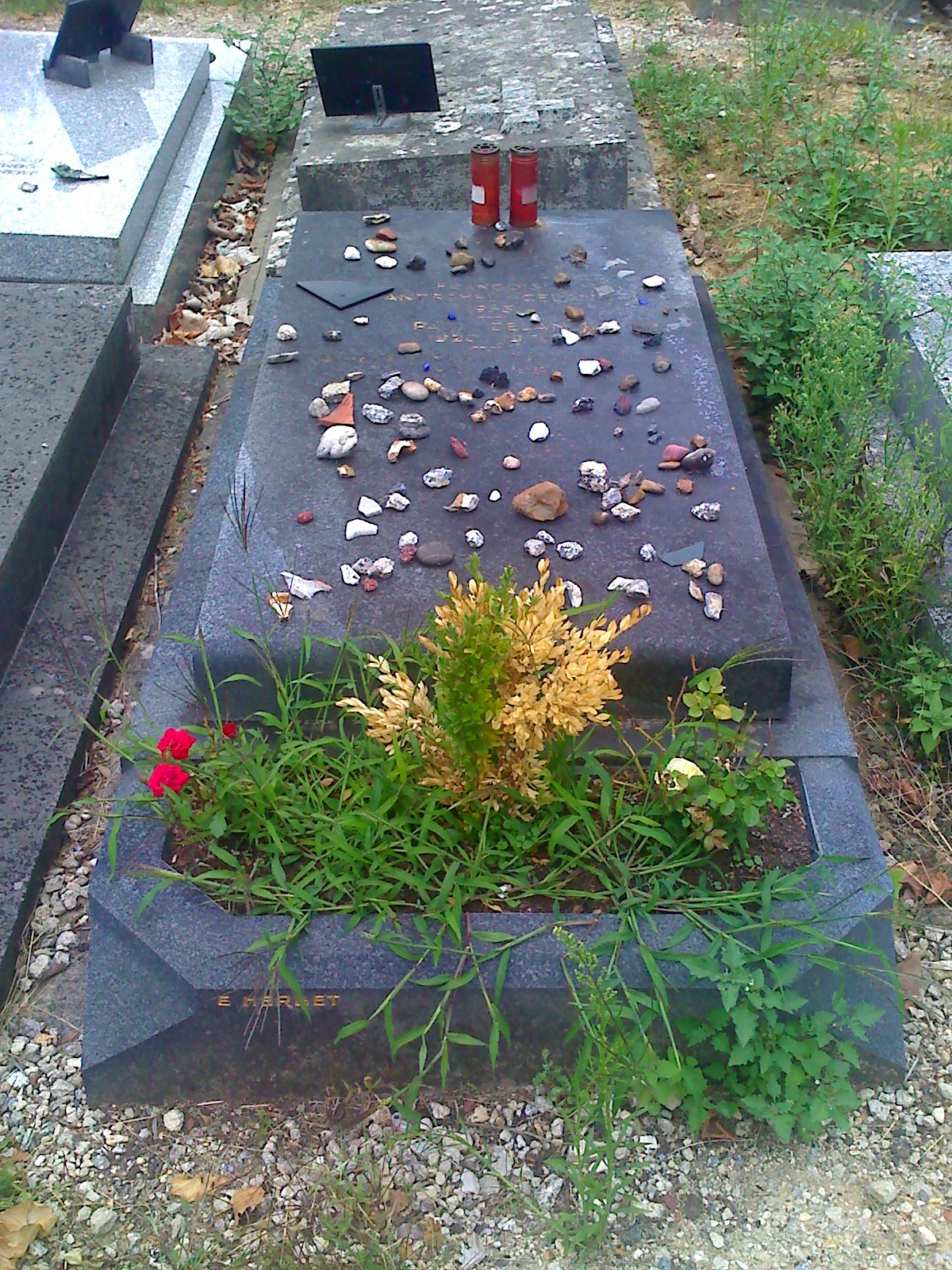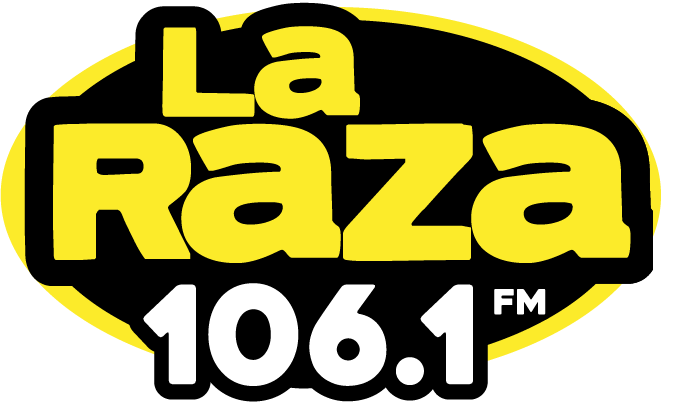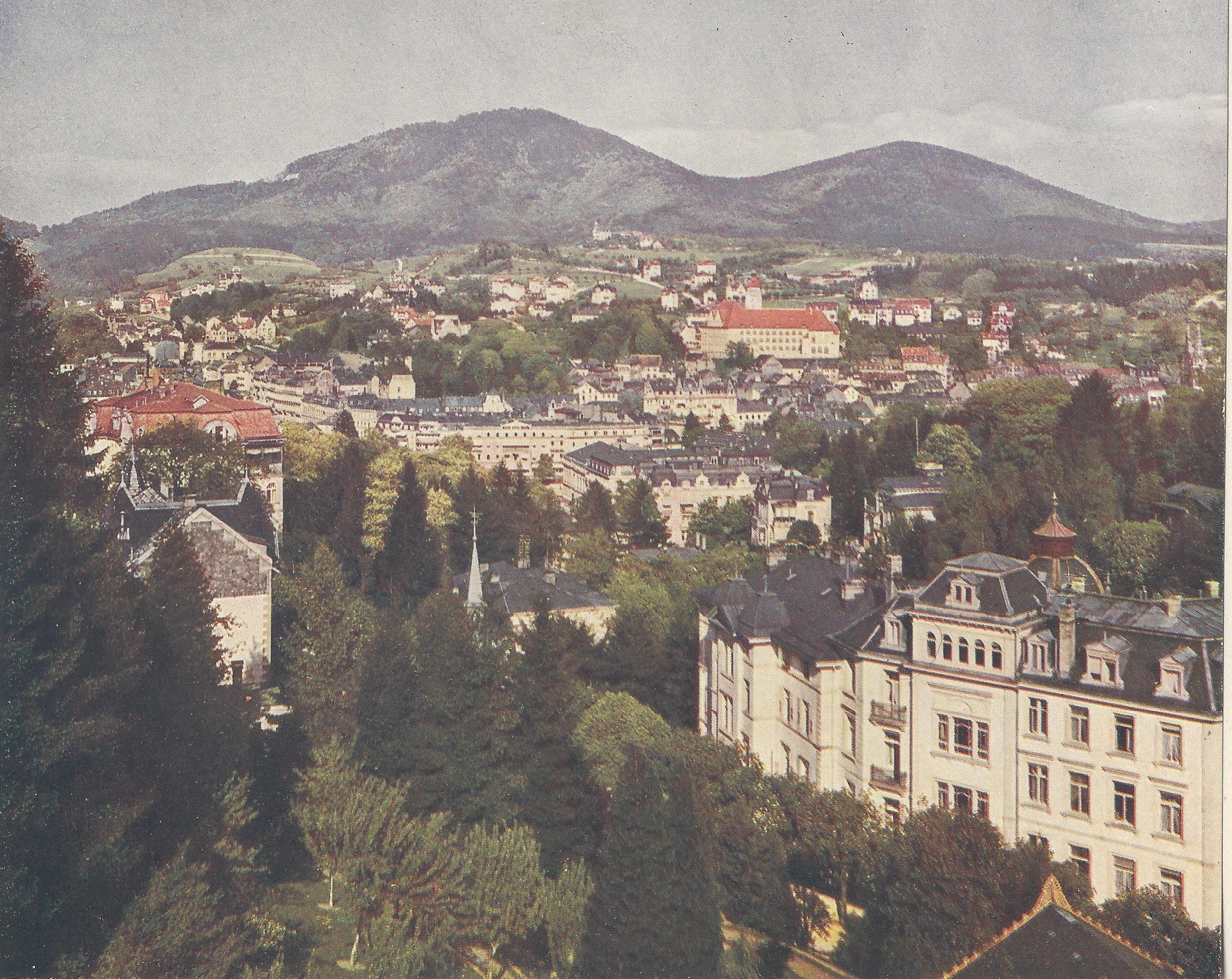|
Heinz Trökes
Heinz Trökes (15 August 1913 – 22 April 1997) was a German painter, printmaker and art teacher. Biography Trökes was born in Duisburg. After completing his ''Abitur'' (school leaving examination) in 1933, Trökes was a pupil of Johannes Itten in Krefeld from 1933 to 1936. From 1936 to 1939, he lived as a painter in Augsburg and earned his living designing textiles with the ''J. P. Bemberg, J. P. Bemberg'' company. In 1938, his first solo exhibition in the Galerie Nierendorf in Berlin was closed at the initiative of the Nazism, Nazis. He was then expelled from the Reich Chamber of Culture and had no more opportunities to exhibit until 1945. In 1937 he met Wassily Kandinsky in Paris; the following year, he travelled to Vienna, Budapest, Yugoslavia and once again to Italy. In 1939, Trökes moved to Zürich, Zurich to emigrate from there to the Dutch East Indies (Indonesia). The outbreak of the Second World War prevented this, however. Returning to Germany in 1940, he studie ... [...More Info...] [...Related Items...] OR: [Wikipedia] [Google] [Baidu] |
Printmaker
Printmaking is the process of creating artworks by printing, normally on paper, but also on fabric, wood, metal, and other surfaces. "Traditional printmaking" normally covers only the process of creating prints using a hand processed technique, rather than a photographic reproduction of a visual artwork which would be printed using an electronic machine ( a printer); however, there is some cross-over between traditional and digital printmaking, including risograph. Prints are created by transferring ink from a Matrix (printing), matrix to a sheet of paper or other material, by a variety of techniques. Common types of matrices include: metal plates for engraving, etching and related intaglio printing techniques; stone, aluminum, or polymer for lithography; blocks of wood for woodcuts and wood engravings; and linoleum for linocuts. Screens made of silk or synthetic fabrics are used for the screen printing process. Other types of matrix substrates and related processes are discus ... [...More Info...] [...Related Items...] OR: [Wikipedia] [Google] [Baidu] |
Wehrmacht
The ''Wehrmacht'' (, ) were the unified armed forces of Nazi Germany from 1935 to 1945. It consisted of the German Army (1935–1945), ''Heer'' (army), the ''Kriegsmarine'' (navy) and the ''Luftwaffe'' (air force). The designation "''Wehrmacht''" replaced the previously used term (''Reich Defence'') and was the manifestation of the Nazi regime's efforts to German rearmament, rearm Germany to a greater extent than the Treaty of Versailles permitted. After the Adolf Hitler's rise to power, Nazi rise to power in 1933, one of Adolf Hitler's most overt and bellicose moves was to establish the ''Wehrmacht'', a modern offensively-capable armed force, fulfilling the Nazi regime's long-term goals of regaining lost territory as well as gaining new territory and dominating its neighbours. This required the reinstatement of conscription and massive investment and Military budget, defence spending on the arms industry. The ''Wehrmacht'' formed the heart of Germany's politico-military po ... [...More Info...] [...Related Items...] OR: [Wikipedia] [Google] [Baidu] |
Roberto Matta
Roberto Sebastián Antonio Matta Echaurren (; November 11, 1911 – November 23, 2002), usually known simply as Matta, also as Sebastián Matta or Roberto Matta, was one of Chile's best-known Painting, painters and a seminal figure in 20th century abstract expressionist and surrealist art across the Americas and Europe. Biography Matta was of Spanish people, Spanish, Basque people, Basque and French people, French descent. Born in Santiago, Chile, Santiago, he studied architecture and interior design at the Pontificia Universidad Católica de Chile in Santiago, and graduated in 1935. That spring, he journeyed from Peru to Panama and completed surreal drawings of many of the geographical features he witnessed. He first encountered Europe while serving in the Merchant Marine after graduating. His travels in Europe and the USA led him to meet artists such as Arshile Gorky, René Magritte, Salvador Dalí, André Breton, and Le Corbusier. It was Breton who provided the major ... [...More Info...] [...Related Items...] OR: [Wikipedia] [Google] [Baidu] |
Paul Celan
Paul Celan (; ; born Paul Antschel; 23 November 1920 – c. 20 April 1970) was a German-speaking Romanian poet, Holocaust survivor, and literary translation, literary translator. He adopted his pen name (an anagram of the Romanian spelling Ancel) following the war and resided in France from 1949, becoming a naturalized French citizen in 1955. Celan is regarded as one of the most important figures in German-language literature of the post-World War II era and a poet whose verse has gained an immortal place in the literary pantheon. Celan’s poetry, with its many radical poetic and linguistic innovations, is characterized by a complicated and cryptic style that deviates from poetic conventions. Life Early life Celan was born into a German-speaking Jewish family in Cernăuți, Bukovina, a region then part of Romania and earlier part of the Austro-Hungarian Empire (when his birthplace was known as Czernowitz). His first home was in the Wassilkogasse in Cernăuți. His father, Leo ... [...More Info...] [...Related Items...] OR: [Wikipedia] [Google] [Baidu] |
Wols
WOLS (106.1 MHz) is a Regional Mexican radio station, owned by Norsan Media. Licensed to Waxhaw, North Carolina, the station identifies itself as “La Raza 106.1”. The station’s studios are located in Charlotte, North Carolina, and the transmitter is located in Catawba, South Carolina. History In 1994, WGFY, 1480 AM, a frequency that had been silent for several years, was reactivated with the call letters WIST. GHB Broadcasting operated WIST through a Limited Marketing Agreement (LMA) with Christ Covenant Church, the licensee for 1480 AM. Most of the adult standards music came from the Satellite Music Network format Timeless (radio network), Stardust. A year later, the FM station signed on, initially using the call letters WLWW but eventually changed to WIST-FM. The name WNMX "Mix 106" was chosen in 1996. The station's sales manager had previously worked for WKQC, WMXC (104.7) when it was called "The Mix". He hoped to resurrect that format on 106.1. The AM station became W ... [...More Info...] [...Related Items...] OR: [Wikipedia] [Google] [Baidu] |
Jean-Paul Sartre
Jean-Paul Charles Aymard Sartre (, ; ; 21 June 1905 – 15 April 1980) was a French philosopher, playwright, novelist, screenwriter, political activist, biographer, and literary criticism, literary critic, considered a leading figure in 20th-century French philosophy and Marxism. Sartre was one of the key figures in the philosophy of existentialism (and Phenomenology (philosophy), phenomenology). His work has influenced sociology, critical theory, post-colonial theory, and literary studies. He was awarded the 1964 Nobel Prize in Literature despite attempting to refuse it, saying that he always declined official honors and that "a writer should not allow himself to be turned into an institution." Sartre held an open relationship with prominent feminist and fellow existentialist philosopher Simone de Beauvoir. Together, Sartre and de Beauvoir challenged the culture, cultural and society, social assumptions and expectations of their upbringings, which they considered bourgeois, ... [...More Info...] [...Related Items...] OR: [Wikipedia] [Google] [Baidu] |
Les Temps Modernes
''Les Temps Modernes'' () was a French journal, founded by Simone de Beauvoir, Jean-Paul Sartre, and Maurice Merleau-Ponty. Its first issue was published in October 1945. It was named after the 1936 film by Charlie Chaplin. ''Les Temps Modernes'' filled the void left by the disappearance of the most important pre-war literary magazine, '' La Nouvelle Revue Française'' (''The New French Review''), considered to be André Gide's magazine, which was shut down by the authorities after the liberation of France because of its collaboration with the occupation. ''Les Temps Modernes'' was first published by Gallimard and was last published by Gallimard. In between, the magazine changed hands three times: Julliard (January 1949 to September 1965), Presses d'aujourd'hui (October 1964 to March 1985), Gallimard (from April 1985). ''Les Temps Modernes'' ceased publication in 2019, after 74 years. Early history The first editorial board consisted of Sartre (director), Raymond Aron, ... [...More Info...] [...Related Items...] OR: [Wikipedia] [Google] [Baidu] |
Rodenbach, Rhineland-Palatinate
Rodenbach is a municipality in the district of Kaiserslautern, in Rhineland-Palatinate, Germany. It belongs to the Verbandsgemeinde Weilerbach. Geography Rodenbach lies northwest of Kaiserslautern. The settlements of Am Tränkwald, Berghof, Forsthaus Rodenbach, Mückenhof, and Wasserhaus all belong to Rodenbach's administrative area. Neighboring localities are Weilerbach, Kaiserslautern-Siegelbach, Mackenbach and Kaiserslautern-Einsiedlerhof. Rodenbach's weather is characterized by a temperate climate. Sights In 1874, what was known to locals as the "fox hill" was revealed to be the grave of a member of the Celtic nobility from the La Tène culture around 400 BC. Known today as the ''Fürstengrab von Rodenbach'' or the Princely Grave of Rodenbach, the tomb was restored and reconstructed in 2000 for the towns 700th birthday and contains replicas of the original finds, which are housed today in the Historical Museum of the Palatinate in Speyer Speyer (, older spelli ... [...More Info...] [...Related Items...] OR: [Wikipedia] [Google] [Baidu] |
Berlin Blockade
The Berlin Blockade (24 June 1948 – 12 May 1949) was one of the first major international crises of the Cold War. During the multinational occupation of post–World War II Germany, the Soviet Union blocked the Western Allies' railway, road, and canal access to the sectors of Berlin under Western control. The Soviets offered to drop the blockade if the Western Allies withdrew the newly introduced Deutsche Mark from West Berlin. The Western Allies organised the Berlin Airlift (German: ''Berliner Luftbrücke'', lit. "Berlin Air Bridge") from 26 June 1948 to 30 September 1949 to carry supplies to the people of West Berlin, a difficult feat given the size of the city and the population. American and British air forces flew over Berlin more than 250,000 times, dropping necessities such as fuel and food, with the original plan being to lift 3,475 tons of supplies daily. By the spring of 1949, that number was often met twofold, with the peak daily delivery totalling 12,941 ton ... [...More Info...] [...Related Items...] OR: [Wikipedia] [Google] [Baidu] |
Baden-Baden
Baden-Baden () is a spa town in the states of Germany, state of Baden-Württemberg, south-western Germany, at the north-western border of the Black Forest mountain range on the small river Oos (river), Oos, ten kilometres (six miles) east of the Rhine, the border with France, and forty kilometres (twenty-five miles) north-east of Strasbourg, France. In 2021, the town became part of the transnational World Heritage Site, UNESCO World Heritage Site under the name "Great Spa Towns of Europe", because of its famous spas and architecture that exemplifies the popularity of spa towns in Europe in the 18th through 20th centuries. Name The springs at Baden-Baden were known to the Roman Empire, Romans as "" ("The Waters") and "" ("Aurelia (name), Aurelia-of-the-Waters") after M. Aurelius Severus Alexander Augustus. In modern German, "" is a noun meaning "bathing", but "Baden", the original name of the town, derives from an earlier plural, plural form of ' (Bathing, "bath"). (Modern Ger ... [...More Info...] [...Related Items...] OR: [Wikipedia] [Google] [Baidu] |
Bauhaus-Universität
The Bauhaus-Universität Weimar is a university located in Weimar, Germany, and specializes in the artistic and technical fields. Established in 1860 as the Great Ducal Saxon Art School, it gained collegiate status on 3 June 1910. In 1919 the school was renamed Bauhaus by its new director Walter Gropius and it received its present name in 1996. There are more than 4000 students enrolled, with the percentage of international students above the national average at around 27%. In 2010 the Bauhaus-Universität Weimar commemorated its 150th anniversary as an art school and college in Weimar. In 2019 the university celebrated the centenary of the founding of the Bauhaus, together with partners all over the world. Academic tradition in Weimar Weimar boasts a long tradition of art education and instruction in the areas of fine art, handicrafts, music and architecture. In 1776 the Weimar Princely Free Zeichenschule was established, but gradually lost significance after the Grand ... [...More Info...] [...Related Items...] OR: [Wikipedia] [Google] [Baidu] |







